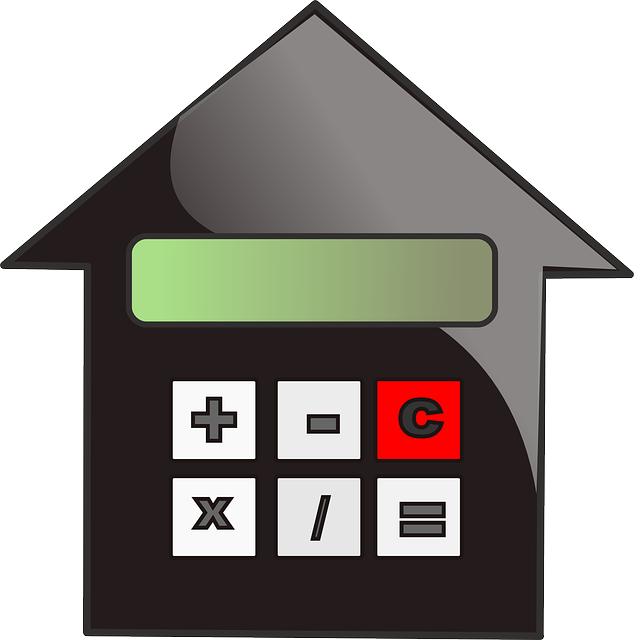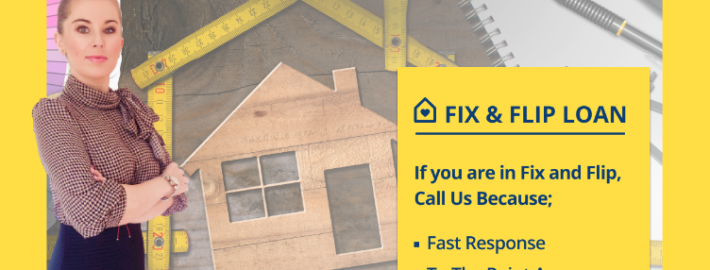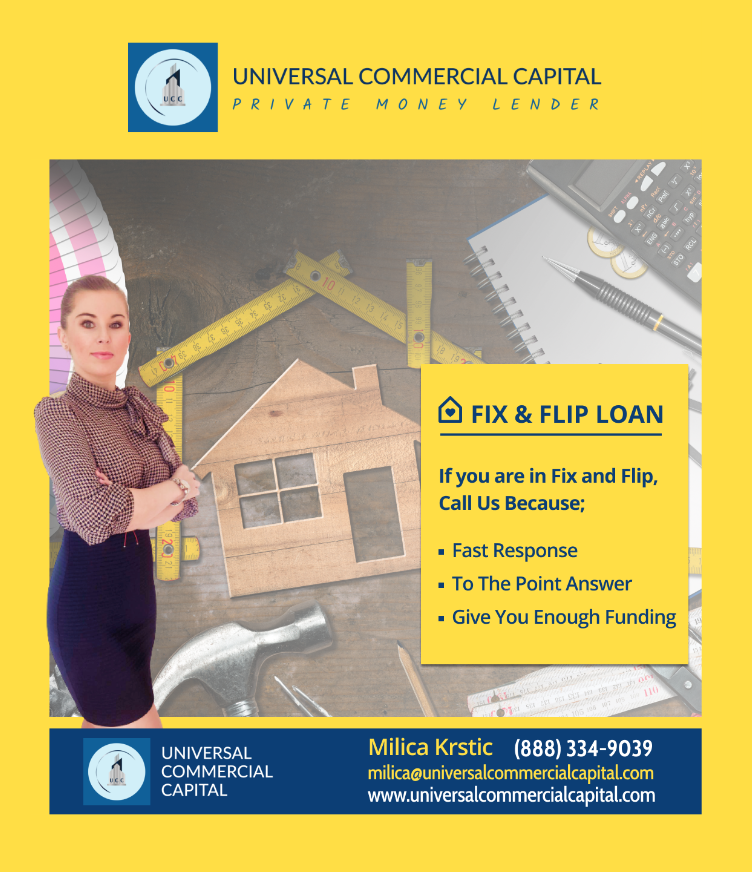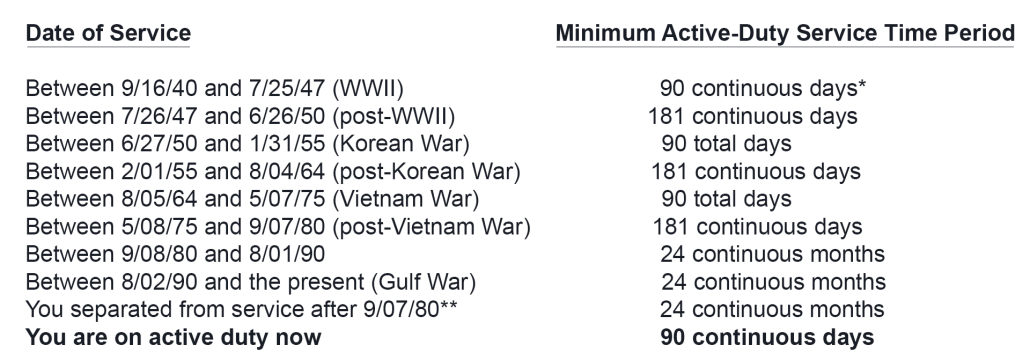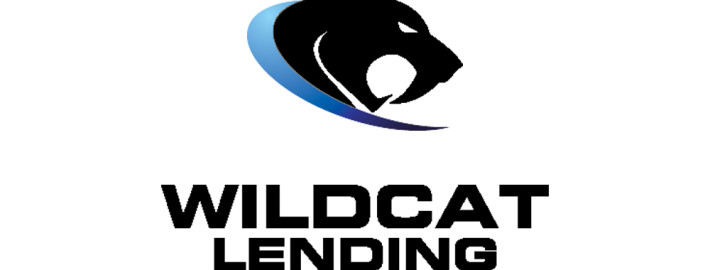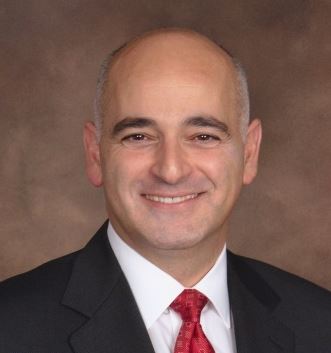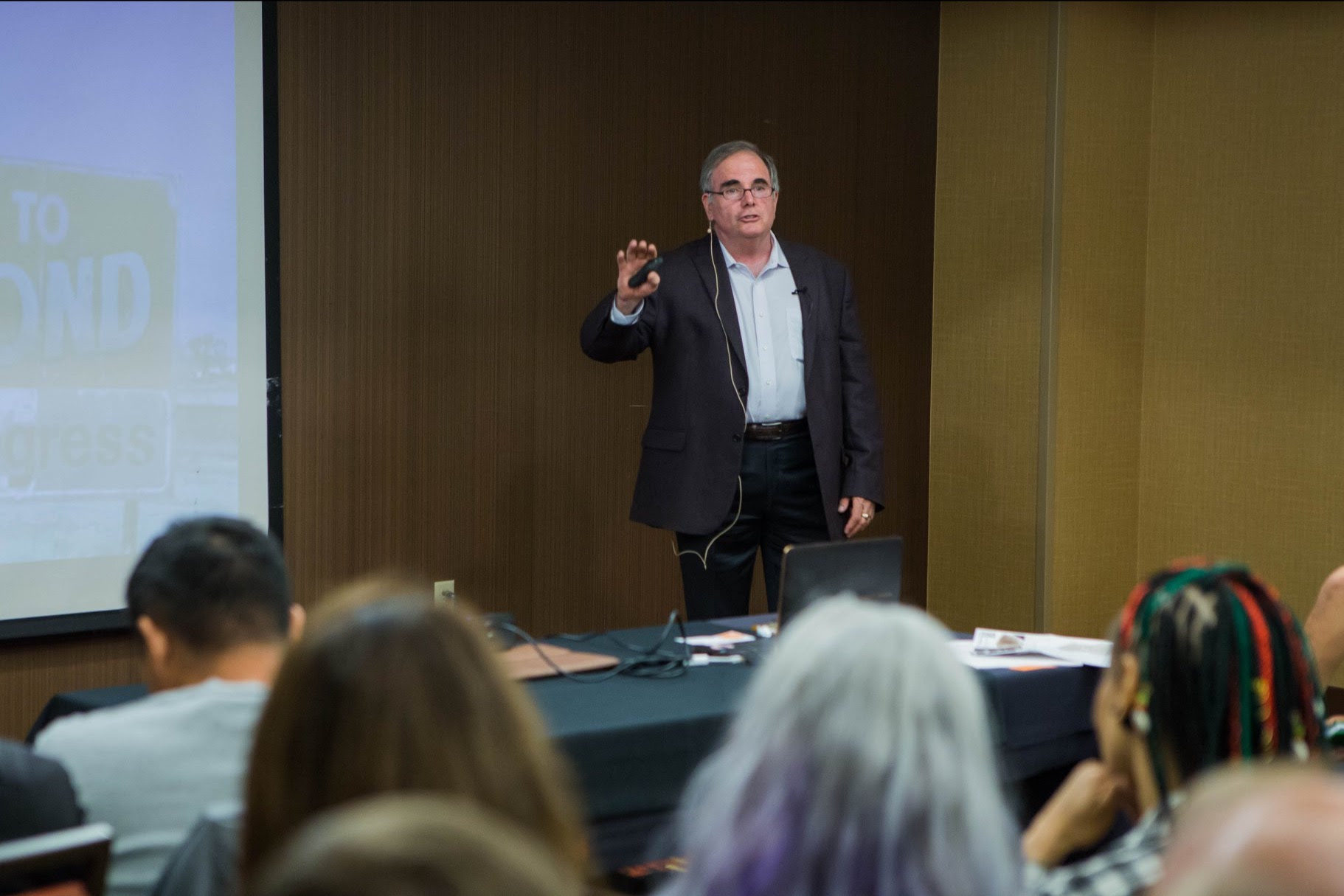The Rise of Non-Performing Loans and Opportunity for Investors
By Edward Brown
It is no surprise that mortgage rates have dramatically increased over the past year. In July 2022, 30-year fixed rates for both conforming and high-balance loans had reached 5.375%, according to sources such as Guaranteed Rate. This is up from the low 2% range in early 2021. Obviously, such an increase in rates can have a dramatic effect on house prices as would-be buyers try to buy a house they can afford.
article continues after advertisement
However, the rise in interest rates goes far beyond just what buyers can afford for a new purchase. First, adjustable-rate mortgages will climb dramatically, which will impact homeowners trying to make sure they keep up with their mortgages by not going into default. Next, the whole reason the Fed increased rates was to stave off even more inflation than the country had been experiencing since the change in presidency. Here is where we might see a rise in non-performing loans [NPLs], as homeowners fight to keep up with inflation as well as rising interest rates that impact mortgages and other borrowings [credit cards, auto loans, etc.].
During The Great Recession, the U.S. saw a huge wave of defaults with mortgages; primarily, this was due to a credit bubble, as lenders were too eager to make loans. Very little oversight was seen regarding these loans, and borrowers who should not have been granted loans still qualified. Fast forward 15 years, real estate prices have increased substantially to overcome the devastation of the previous drop.

Banks, thanks to Dodd-Frank, are now only allowed to make loans to borrowers who can demonstrate an ability to repay. All of this makes for a strong real estate market, and we should not experience the wave of foreclosures we previously saw; however, that does not mean we will not see them.
As noted above, when there is a spike in interest rates [and inflation] as we have recently experienced [and potentially more increases to come], homeowners can get behind in their mortgages, and without the government moratoriums that were in place during Covid, banks will have to start foreclosing, or sell off mortgages to keep within Federal guidelines of Reserve Requirements. The banks may try and work modifications or other remedies to assist homeowners, but there are times when there is not much the bank can do except file notices of default and start the foreclosure proceedings.
article continues after advertisement
One major difference in today’s real estate world as compared to The Great Recession is that, today, many homeowners have ample equity in their houses. This gives the homeowner the possibility of preserving some equity by selling their house rather than get foreclosed on. However, many homeowners around the country, mostly in the lower end market, will still lose their house in foreclosure. One reason is that the homeowner has not researched the value of their house; they just assume that if they cannot pay, they lose the house. Another is that some homeowners are headstrong about staying in their house and trying to fight a legal battle only to be on the wrong end and, by that time, it is too late to try and save their equity. These situations are unfortunate, as, even when the lender points these things out, many borrowers stick their head in the sand and let the chips fall where they may.
Investors have been clamoring for yield. So much so that even NPLs were commanding unheard of prices [as much as 85% of face value]. As the economy was doing well [pre-Covid], real estate prices were steadily increasing and there was confidence in the marketplace. However, in “normal” times, one might offer 50% +/- of the face of the NPL note, as there is a fair amount of work that goes into managing a NPL regarding foreclosure, forbearance, modifications, bankruptcies, and possible lawsuits by the borrowers. As interest rates rise and the supply of NPLs is sure to increase, one should expect the prices of the NPLs to decrease – – allowing investors to potentially pick up handsome profits.
In the early 1990s, the S&L crisis provided such opportunities to investors swooping up “bad loans”, as the S&Ls were directed to unload these mortgages into the market very quickly. As the dust settled, as it usually does after wide pendulum swings, these investors profited, as they picked up loans [or property if the foreclosure had already been completed, and the bank held the asset as an REO] at discounts that were previously only imaginable. Discounts of more than 60% were not uncommon. At such a discounted price, the investor appeared to not take any undue risk. There was so much room for error, almost any loan to be purchased was worth it.
We may not be in that same situation now due to restrictive banking regulations that have been imposed on banks for years, prohibiting them from making unreasonably risky loans and the fact that real estate has held its own since The Great Recession, but there should be plenty of opportunity for investors to pick up discounted loans with fairly large margins built in; however, the average investor is prohibited from participating in buying these loans due to the relatively large amount of capital needed to enter this space. For example, a large bank or hedge fund willing to unload NPLs may require a buyer to invest a minimum of $1,000,000 or more. If there is a bidding situation [auction], a refundable deposit is usually required, so the bank/hedge fund knows they are dealing with serious, wealthy buyers.
For those investors who have the wherewithal to participate in purchasing NPLs, they should have a sophisticated team to assist them, as there will be a need for analysts to do a deep dive in the values of the property to which the loans are secured, contractors to help facilitate potential rehabbing of the property if/when the property reverts to the investor, legal analysts dealing with the various foreclosure laws in the states where the properties are located, and good real estate sales people to not only give BPOs — but also help facilitate the eventual sale of the property or assist with the possible rental of the same [or find a good management company].
One strategy to consider is to approach the NPL borrower and try to re-write or modify the loan [of course, before doing so, consult with competent legal counsel to make sure that there are no legal issues that would compromise the collateral]. There are a few benefits to this strategy; first, turning a NPL into a performing loan brings immediate cash flow. Because of the discount that is obtained in the purchase, the new note holder has the flexibility of making the note more attractive for the borrower. For instance, if a note [that has a face value of $100,000] has 20 years to go and has a note rate of 6% was purchased for 60 cents on the dollar from the bank, the new note holder could offer to lower the balance to $90,000 and reduce the interest rate to 5% and have a great asset that can either be held for cash flow or sold in the secondary market.
One additional factor that may help in modifying the NPL’s notes is the fact that, according to Bank of America’s internal data, rents continue to rise. July 2022 year over year showed an increase in rents of 7.4%. Most people want to keep their home. If the lender can give them advantages to saving it, most homeowners will jump at the chance, especially when their alternative is to be thrown into a rising rent market. A question the lender has to contemplate is whether the strategy of keeping a homeowner in their home makes economic sense [ignoring the moral issue of eviction]. In some cases, evicting a homeowner and immediately selling the house may make sense.
In some cases, the lender may choose to invest money in rehabbing the property in hopes of additional gain, but there is uncertainty with this strategy; the time it takes to rehab, the expense, and the value of the house after rehab and time to sell [with expenses associated with the sale]. When a homeowner is going to get foreclosed on, there are avenues that can be taken to delay the inevitable, including filing bankruptcy. Due to court budgets, this delay may be prolonged more than the lender originally anticipated, especially in judicial-only states.
The time and expense for entering into foreclosure for the lender may not be worth the anticipated profit; however, the strategy of keeping the homeowner in place and working out a new deal can produce immediate cash flow, as the borrower will start making payments right away. In addition, the costs to modify a note are substantially less than what foreclosure costs would normally be.
The good news from the lender’s point of view is that, due to the purchase of these loans at steep discounts, rates of returns in excess of 15% are not uncommon. After the note is modified, the lender has the option to flip the note to a note buyer as a performing note [which will command a higher price than an NPL], or the lender may choose to keep the note for the cash flow. In the case of choosing to sell the note, the lender may be wise in waiting to experience six months of performance by the borrower, as most note holders desire to see notes that have at least six months’ seasoning; otherwise, they may discount the note for uncertainty reasons [lack of history] more than the lender desires.
MEET EDWARD BROWN
Edward Brown currently hosts two radio shows, The Best of Investing and Sports Econ 101. He is also in the Investor Relations department for Pacific Private Money, a private real estate lending company. Edward has published many articles in various financial magazines as well as been an expert on CNN, in addition to appearing as an expert witness and consultant in cases involving investments and analysis of financial statements and tax returns.
Edward Brown, Host
The Best of Investing on KDOW AM1220 on Saturdays at noon.
Learn live and in real-time with Realty411. Be sure to register for our next virtual and in-person events. For all the details, please visit Realty411Expo.com or our Eventbrite landing page, CLICK HERE.FacebookTwitterShare












